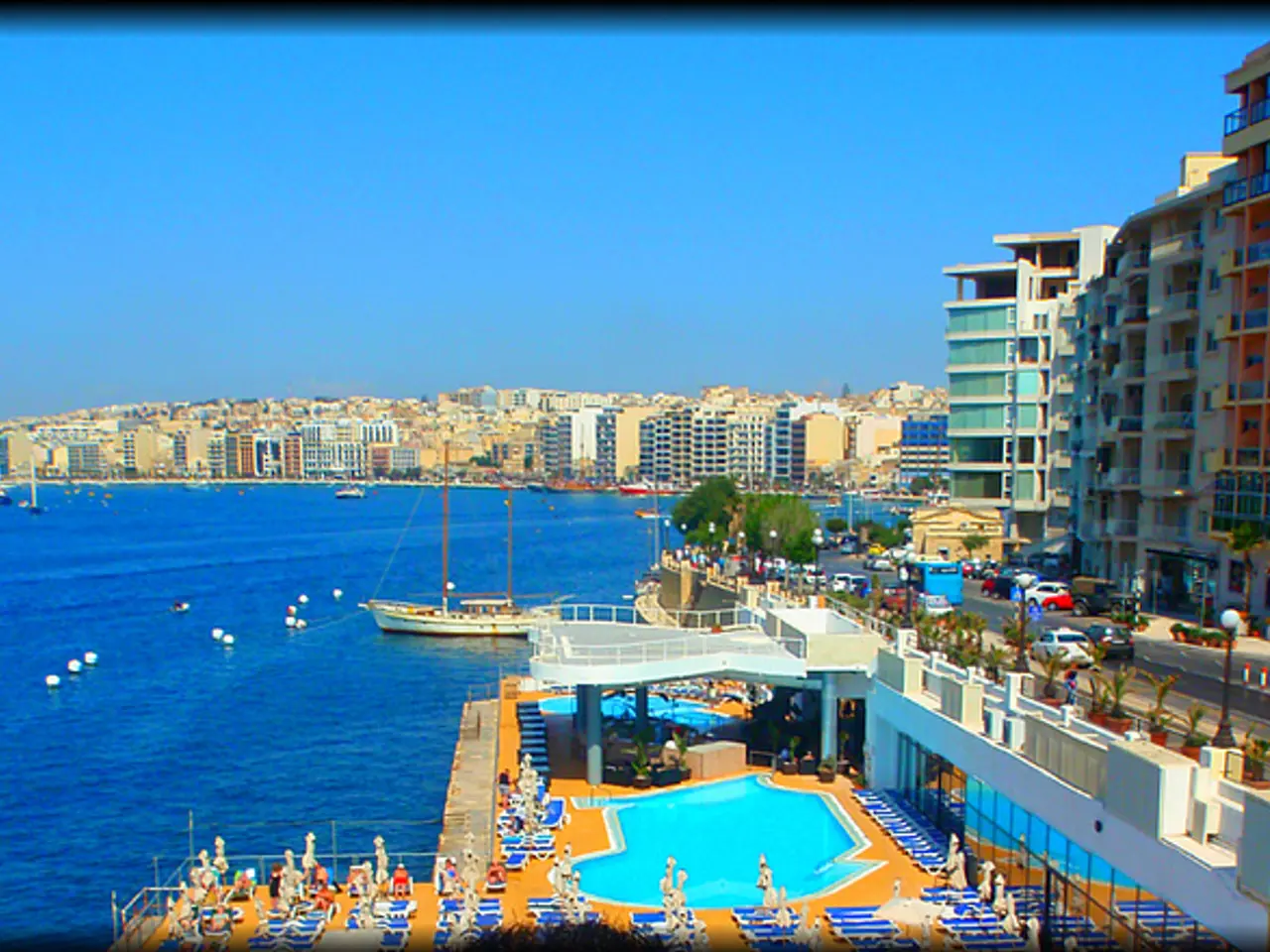India Unveils Blue Economy Policy to Harness Maritime Potential
India, with its vast coastline and expansive Exclusive Economic Zone, is set to harness its maritime potential with the upcoming Blue Economy policy. This policy aims to regulate activities and ensure sustainability in India's 7500 km of coastline and 2 million sq. km of EEZ.
India's maritime sector is poised for growth, with free trade agreements expected to boost trade volumes. The Gati Shakti program is also set to improve land-sea linkages, enhancing transportation and exports. Since 2014, India has been collaborating with Indian Ocean countries, with initiatives like SAGAR and BIMSTEC, and has concluded partnership agreements for joint exploration of oil and natural gas with African countries.
The Blue Economy concept, which promotes economic growth, social inclusion, and environmental sustainability, is being adopted. The Port of Chennai is considering dedicating part of its area for cargo, while Karnataka ports plan to develop leisure and entertainment facilities. Industry 4.0 technologies like AI, machine learning, and advanced robotics are being adopted for automation and efficiency. Despite its large maritime presence, India has not fully exploited the economic potential of its shores, but plans are underway to change that.
The Blue Economy policy, along with strategic partnerships and technological advancements, is set to transform India's maritime sector. With a focus on sustainability and growth, India's vast coastal and EEZ resources are expected to contribute significantly to the country's economy.
Read also:
- Senate Tillis under spotlight in North Carolina as IRA tax incentives remain uncertain
- OpenAI's $150B Expansion Sparks Concerns Over Influence and Energy Consumption
- Latest Edition of Bus-News Magazine Arrives for 2023!
- Testing the Camp Mode of the 2025 Tesla Model Y with Juniper's interior housing two kids, shockingly low CO2 levels were discovered.








